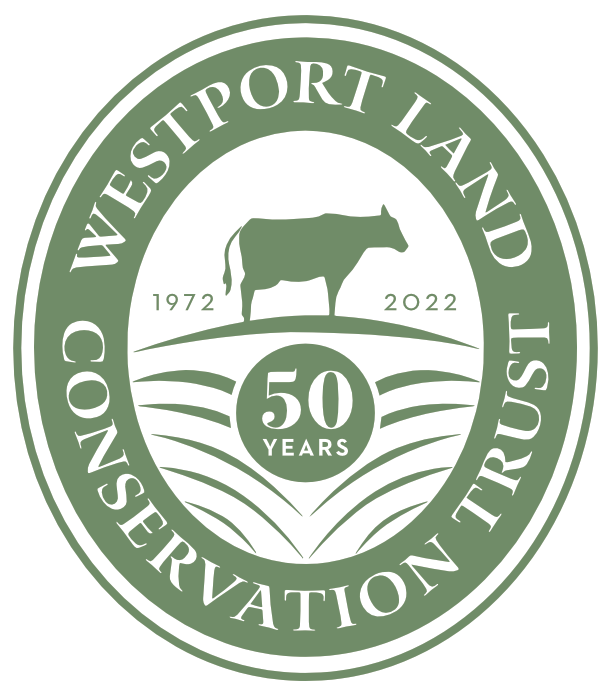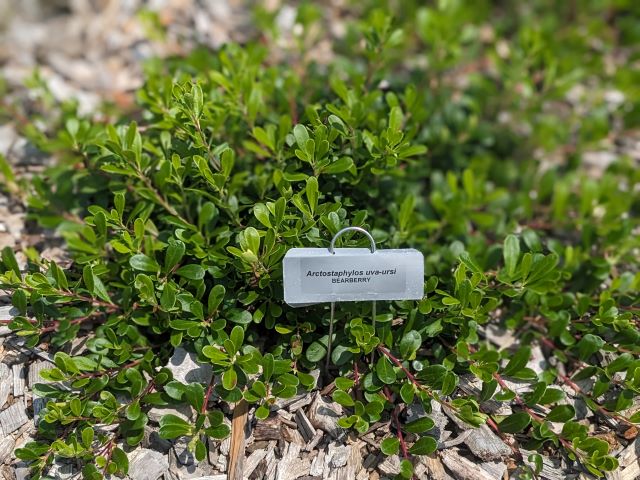Westport’s plethora of native New England habitats contain a diverse range of plant species. For plant enthusiasts, an adventure on the trails can be rewarding; for those who are still developing their plant knowledge, trail flora is a mystery waiting to be unlocked. Technology has developed fun tools to use in the form of plant identification applications, but as someone who learned the “old school” way through the use of keys–there is nothing better than training the eye!
Use Your Senses
I think the best way to learn plants is to see them, smell them, touch them, eat them, and plant them. Notice them in the woods, in a field, on a stream bank, in your backyard, and even in a pot at a garden center. Plant shape changes through the seasons, whether it be a bare twig in winter, a deer browsed leaf in spring or a full bloom mid-summer. Habitat also determines form: what an elderberry looks like in full sun in your backyard is very different from the straggly form often seen on streambanks as it competes with everything around it. Noticing and naming a plant at every opportunity will deepen your connection and help you recognize it when you see it in a new location.
Learning names, learning forms
Our campus at Westport Woods is a unique place to educate folks on plant identification, as we offer both cultivated plantings and plants in their natural habitats. Our accessible woodland path presents the perfect opportunity to further plant education. The path, with its multiple loops extending from our meadows into the native woodland edge, was enhanced with native plantings along the way, to add wildlife and aesthetic value. The native plants consist of Mid-Atlantic and New England natives as well as cultivars of those species. Cultivars are special varieties of plants that are bred to have a specific characteristic different from the straight species. This could be flower color, foliage color, form or fruit type. These variations can add some interest to plants, especially for garden purposes.
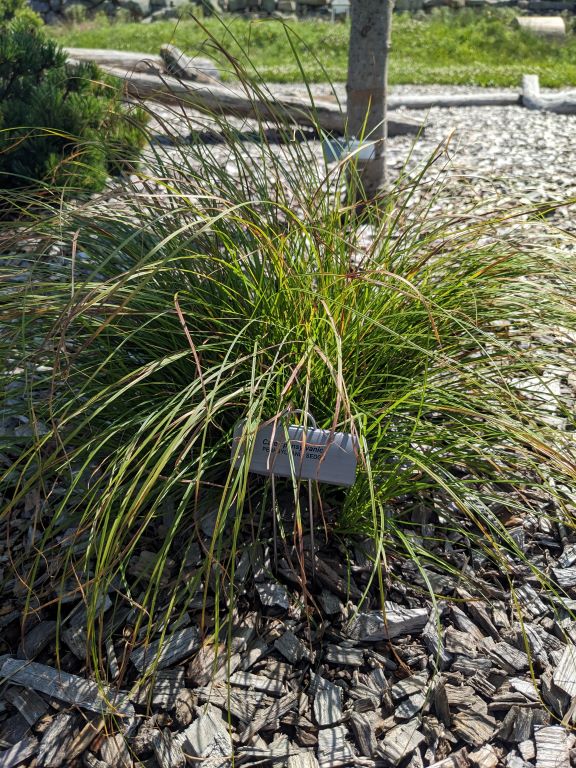
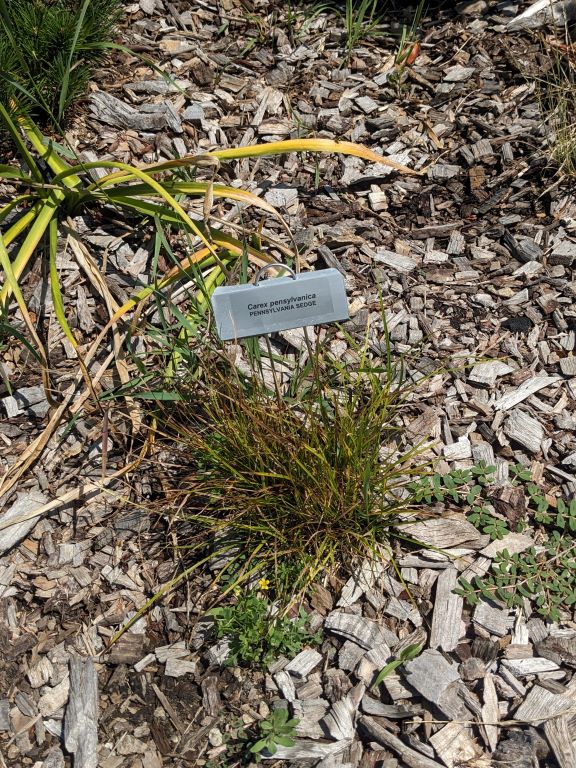
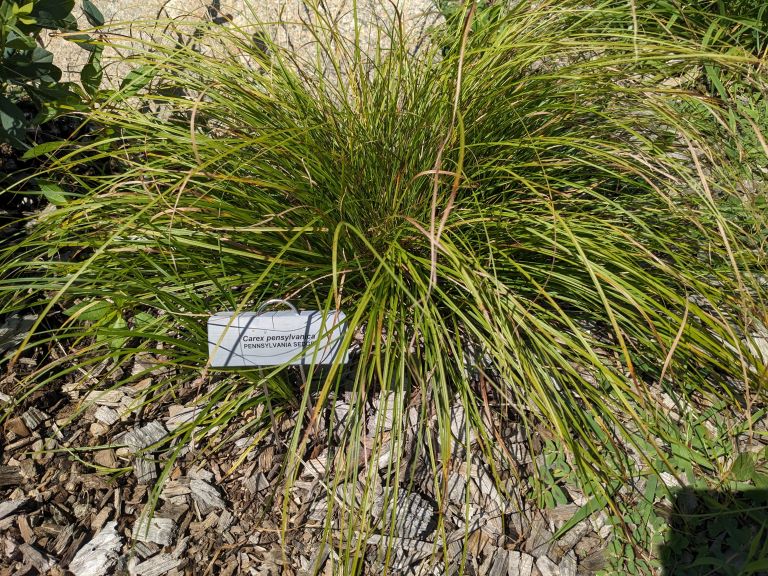
Recently, WLCT labeled all of the plants along the path with small aluminum labels. The intent is that while you are walking the Westport Woods campus you will have the opportunity to observe and see these native plants and get to know their characteristics better with each visit. Then when you are exploring on a trail, we hope you will able to identify some of the species we have highlighted along the path. We specifically chose plants to highlight along the accessible woodland path that are common natives on our trails in Westport, so next time you’re walking at Westport Woods look at the base of the trees and shrubs for our new labels. Have fun becoming a native plant I.D. expert!
Want to Go Further?
Native Plant Trust in Framingham, MA created Go Botany, that combines digital access with traditional plant i.d. keys (i.e. the general shape of the leaves or the number of petals). Try it with the Pennsylvania Sedge, above!

